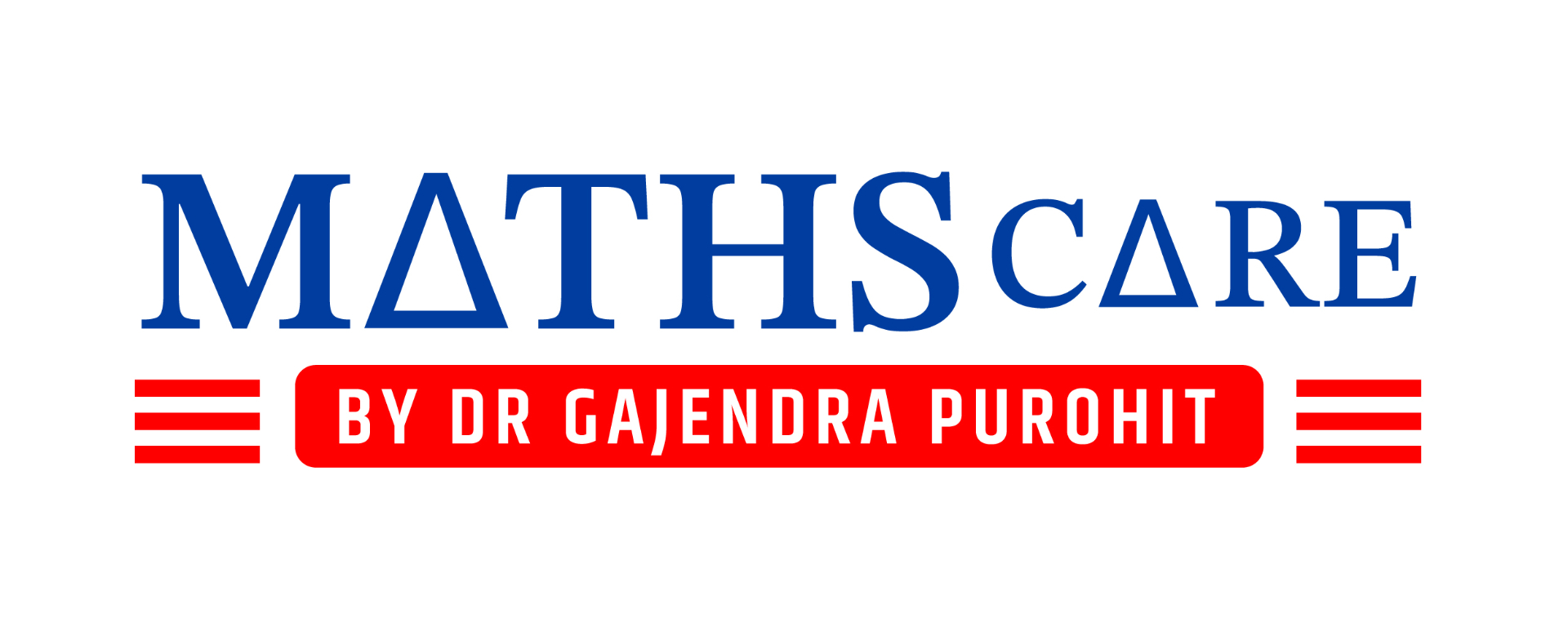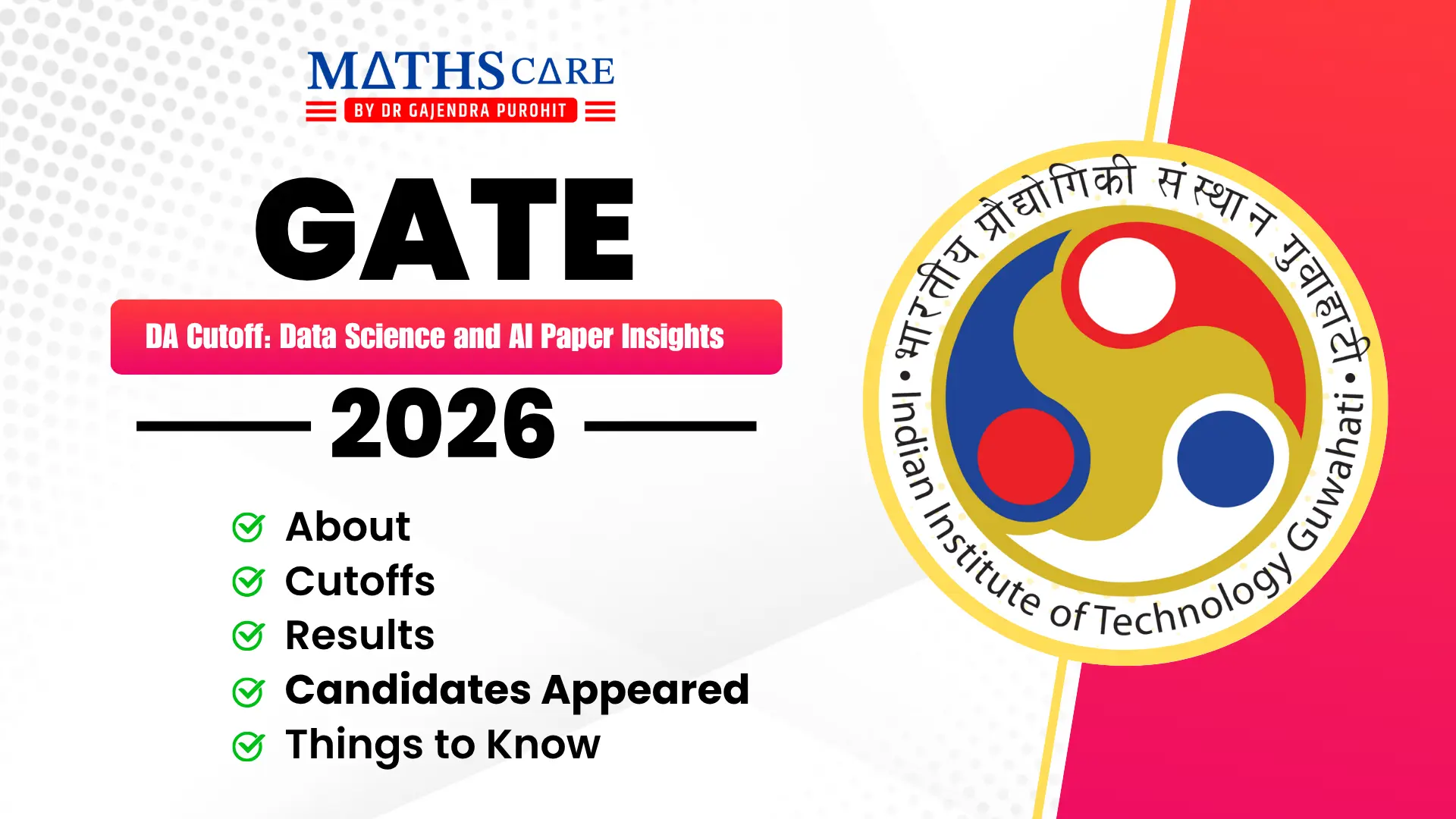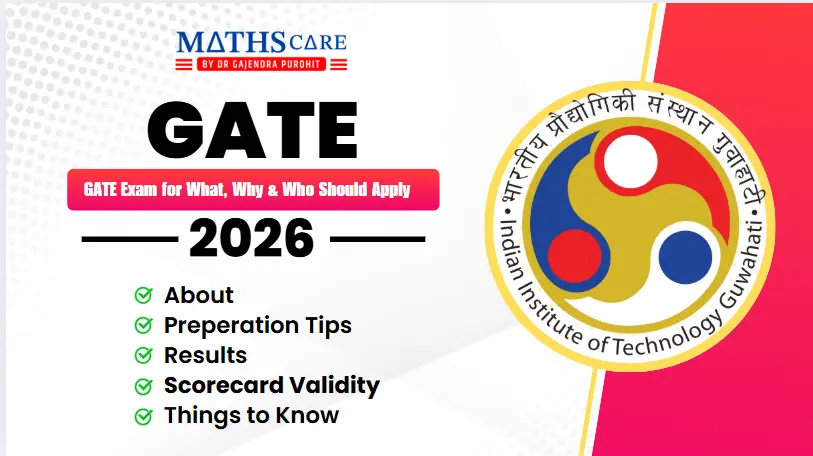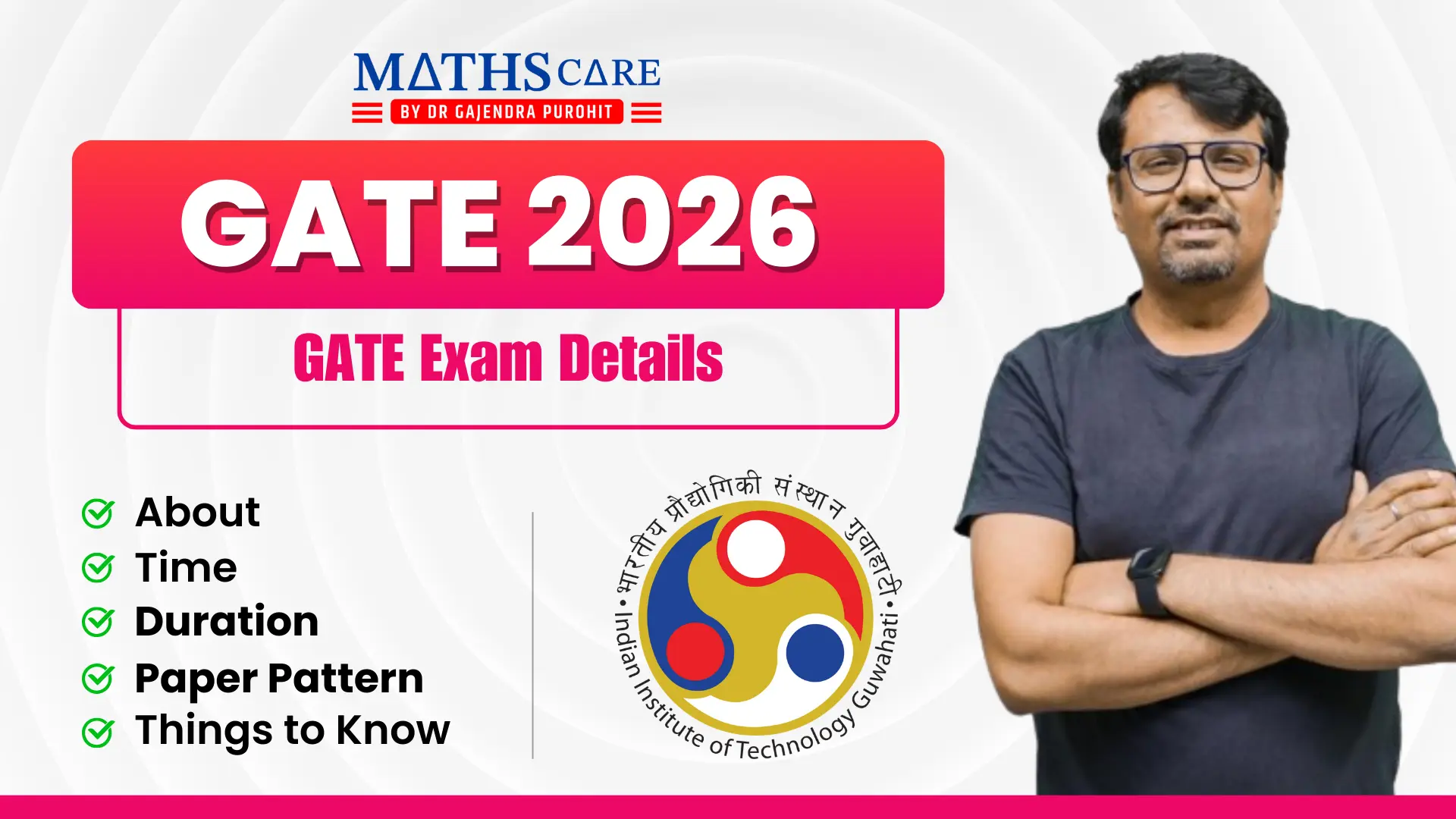GATE 2026 Data Science Syllabus: Official Topic-Wise Breakdown
GATE (Graduate Aptitude Test in Engineering): The GATE 2026 paper on Data Science and Artificial Intelligence (DA) is tailored for candidates aiming to build careers in machine learning, AI, and large-scale data analytics. This paper, introduced recently in the GATE ecosystem, integrates mathematical foundations with computational skills and intelligent systems. The exam tests the candidate’s grasp of programming, statistics, linear algebra, machine learning, databases, and artificial intelligence techniques.
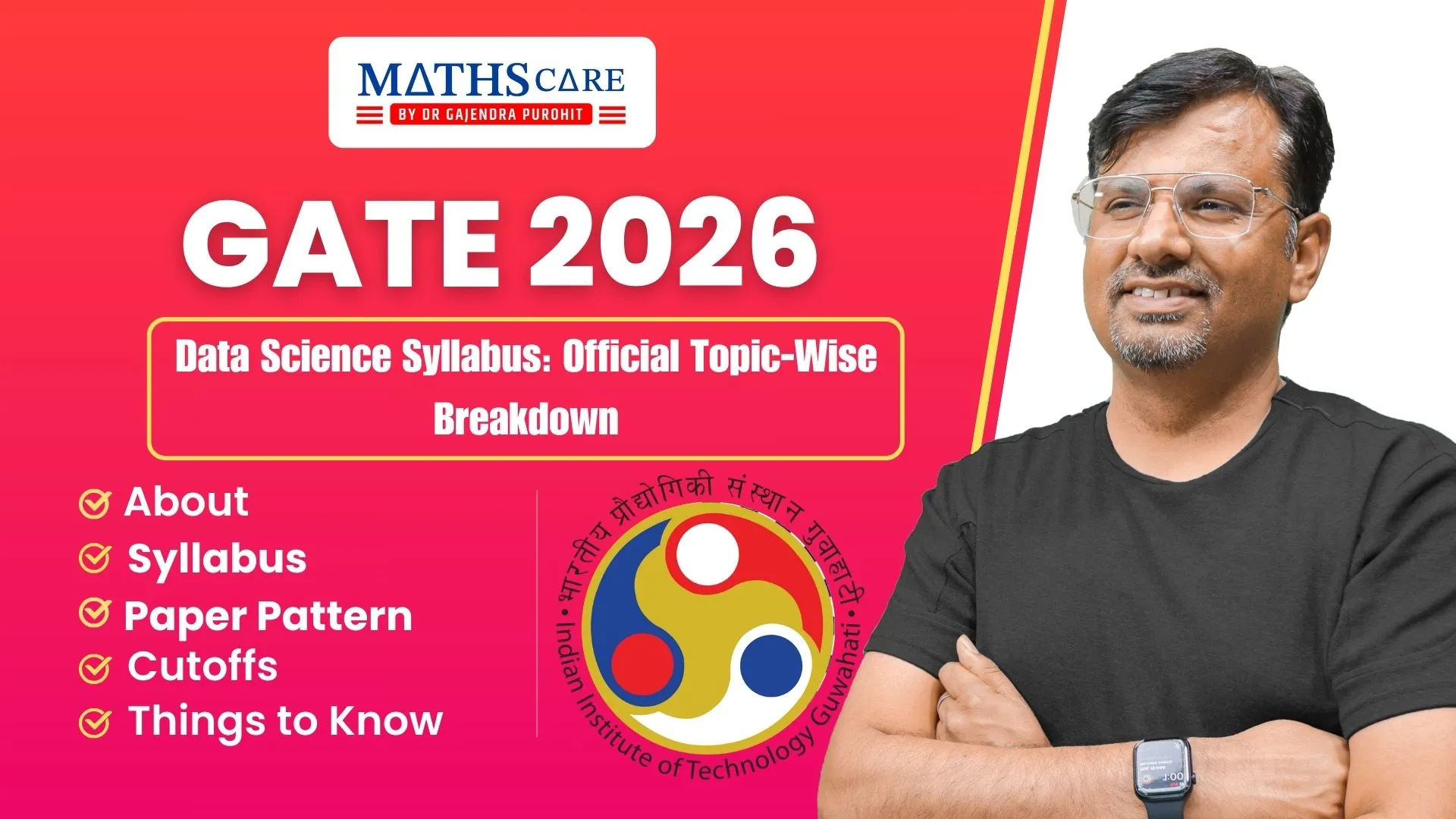
What is GATE?
GATE (Graduate Aptitude Test in Engineering) is a national-level competitive exam jointly conducted by the Indian Institute of Science (IISc) and seven Indian Institutes of Technology (IITs)—namely IIT Bombay, Delhi, Guwahati, Kanpur, Kharagpur, Madras, and Roorkee. The exam is administered on behalf of the National Coordination Board (NCB) of the Ministry of Education.
The paper is ideal for aspirants from computer science, mathematics, statistics, electrical engineering, and related backgrounds. A solid understanding of mathematical reasoning and algorithmic thinking is crucial to excel in this paper. As the demand for skilled data scientists continues to rise across industry and academia, qualifying GATE DA positions you for a future of high-impact, interdisciplinary innovation.
GATE 2026 Syllabus Overview
he DA syllabus is broadly divided into six major categories:
1. Probability and Statistics
Counting, permutations and combinations
Axioms of probability, sample space, events
Independent and mutually exclusive events
Marginal, conditional, and joint probability
Bayes’ Theorem, conditional expectation and variance
Measures of central tendency and dispersion (mean, median, mode, standard deviation)
Correlation and covariance
Random variables (discrete and continuous)
Probability mass and distribution functions: uniform, Bernoulli, binomial, exponential, Poisson, normal, standard normal
CDF, conditional PDFs
Central Limit Theorem, confidence intervals, z-test, t-test, chi-squared test
2. Linear Algebra
Vector spaces, subspaces, linear dependence and independence
Matrices: projection, orthogonal, idempotent, and partition matrices
Systems of linear equations and Gaussian elimination
Eigenvalues and eigenvectors, determinant, rank, nullity
LU decomposition, quadratic forms, singular value decomposition
3. Calculus and Optimization
Functions of a single variable
Limits, continuity, differentiability
Taylor series
Maxima and minima
Single-variable optimization
4. Programming, Data Structures, and Algorithms
Programming in Python
Data structures: stacks, queues, linked lists, trees, hash tables
Algorithms: linear and binary search, selection sort, bubble sort, insertion sort, mergesort, quicksort
Divide-and-conquer techniques
Introduction to graph theory and basic graph algorithms: traversals and shortest paths
5. Database Management and Warehousing
ER models, relational models
Relational algebra and tuple calculus
SQL queries, integrity constraints, normalization
File organization and indexing
Data transformation techniques: normalization, discretization, sampling, compression
Data warehouse modeling: multidimensional schema, hierarchies, measures
6. Machine Learning and AI
Supervised Learning: regression (simple, multiple, ridge), logistic regression, k-NN, naive Bayes, LDA, SVMs, decision trees
Bias-variance tradeoff, cross-validation methods (LOO, k-folds)
Neural networks: multi-layer perceptrons, feedforward networks
Unsupervised Learning: clustering (k-means, k-medoids, hierarchical), dimensionality reduction (PCA)
AI Topics:
Search: informed, uninformed, adversarial
Logic: propositional and predicate
Uncertainty reasoning: conditional independence, variable elimination, sampling-based inference
GATE 2026 Exam Pattern
The GATE 2026 DA paper is a 3-hour computer-based test (CBT) with 65 questions totaling 100 marks. It comprises two parts:
General Aptitude (GA): 10 questions (15 marks)
Core Subject (DA): 55 questions (85 marks)
Questions are a mix of:
MCQs (Multiple Choice Questions) with one correct option and negative marking
MSQs (Multiple Select Questions) with one or more correct answers and no negative marking
NATs (Numerical Answer Type) requiring exact numerical input without options
The wide range of question types is designed to test conceptual clarity, numerical skills, and analytical thinking in both isolated and applied scenarios.
General Aptitude Section
This common section evaluates the test-taker’s foundational reasoning skills and English proficiency. It plays a vital role in distinguishing candidates with strong analytical thinking regardless of their domain background.
Verbal Aptitude: Includes vocabulary usage, sentence arrangement, grammar correction, and comprehension
Quantitative Aptitude: Covers basic math operations such as ratios, averages, data interpretation, time-work problems, and simple interest/percentage calculations
Despite being a small portion of the overall paper, the GA section carries weight in deciding top ranks and should not be ignored.
Topic Weightage and Difficulty Trends
Although the GATE organizing institute does not officially release topic-wise weightage, analysis from previous years’ DA papers and expert mock tests offers useful patterns. Generally, Machine Learning and Probability & Statistics together account for 40–50% of the technical section, owing to their foundational role in data science workflows. Topics such as supervised and unsupervised learning, regression models, clustering techniques, and hypothesis testing are frequently tested.
Linear Algebra and Calculus/Optimization make up around 15–20%, especially in questions that require matrix transformations, eigenvalues, and gradient-based reasoning. Programming and Algorithms contribute around 10–15%, with Python-based logic and basic algorithmic complexity questions forming the core. Databases and Data Warehousing, although relatively smaller in proportion (5–10%), are gaining traction with the inclusion of warehousing and transformation topics in the latest syllabus.
The overall difficulty level of the DA paper tends to be moderate to high, particularly due to the depth required in mathematical reasoning and integration across concepts. Candidates often report that questions are not necessarily lengthy but require precise understanding, careful application, and sometimes multi-layered logic.
GATE 2026 Ideal Preparation Timeline
Planning your preparation is critical to managing a vast and interlinked syllabus like DA. A 10–12 month timeline allows for deep learning, practice, and multiple revisions.
April–June: Focus on building your core in mathematics (linear algebra, calculus) and statistics. Parallelly begin exploring Python programming and refreshing fundamental data structures. Create concise notes and flashcards.
July–September: Progress to machine learning algorithms, databases, and graph algorithms. Begin solving topic-wise questions. Take mini-assessments to identify weak zones. For difficult concepts like backpropagation or hypothesis testing, use video lectures and guided tutorials.
October–December: Transition into full-length mock tests and sectional tests. Practice 3-hour simulations. Fine-tune your time management and error analysis. Dedicate specific weekends to General Aptitude practice and revision of foundational math topics.
January: Reserve the last month for high-yield topic revision, frequent mock testing, and stress-free brushing up of formulas, GA topics, and previous year questions. Avoid introducing new resources—revise from your existing notes and mocks.
Conclusion
The GATE 2026 DA syllabus offers a modern, well-rounded framework for aspiring data scientists. With its emphasis on both theoretical rigor and practical application, the paper prepares candidates for roles in research, industry, and academia. Success in the DA paper demands more than memorization—it requires integrated thinking across math, programming, and artificial intelligence.
By understanding the topic-wise expectations, aligning your study resources, and following a disciplined preparation timeline, you can turn this challenging exam into a career-defining opportunity. Start early, stay consistent, and remember—mastering data science through GATE DA is as much about smart planning as it is about deep learning.
GATE FAQS
Admit cards will be available for download in January 2025.
GATE scores are valid for three years from the date of result announcement.
Yes, but only during the correction window, and you may need to provide supporting documents.
Upload the side of your ID showing your photo, name, date of birth, and ID number.
Yes, but you must upload an affidavit with your photo ID.
BEST OFFERING COURSES FOR YOU
BEST BOOKS FOR IIT JAM/ CSIR-NET
BUY BOOKS ON OUR APP
RECENT POSTS
